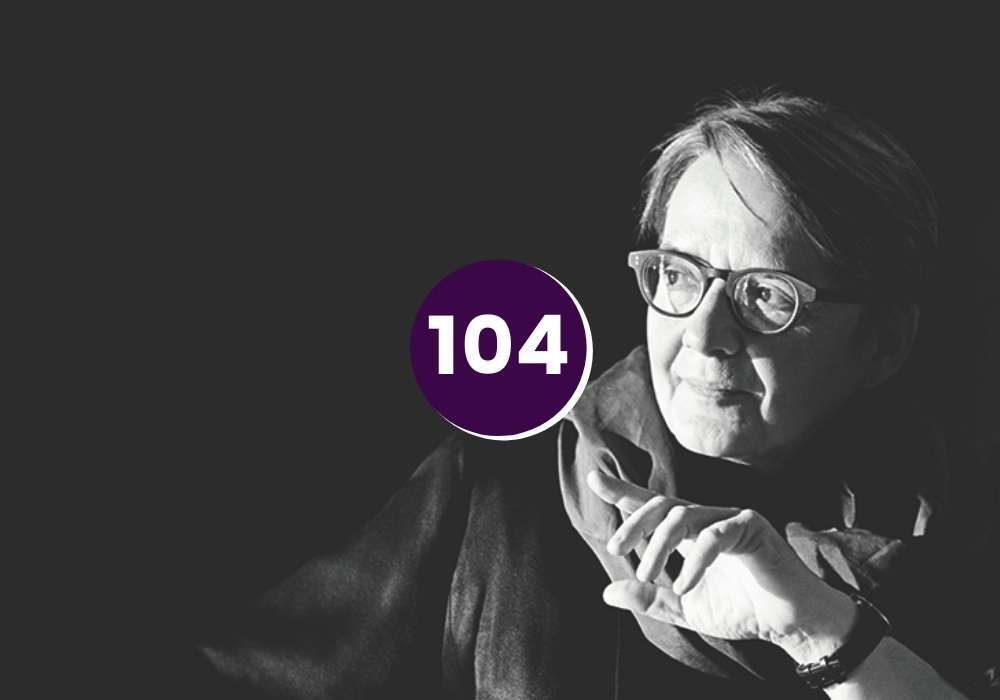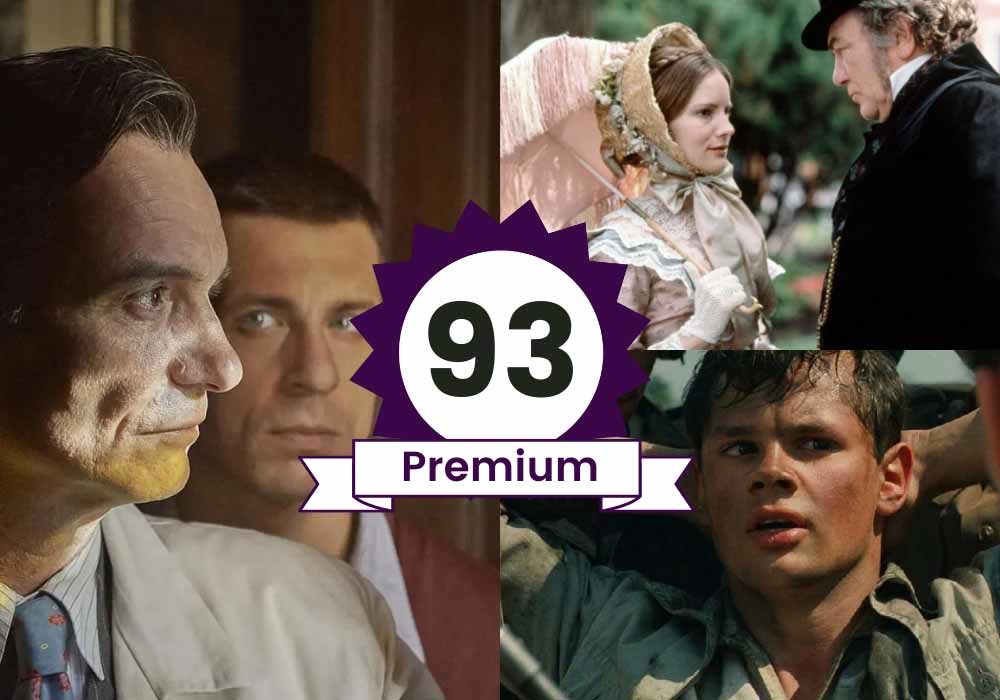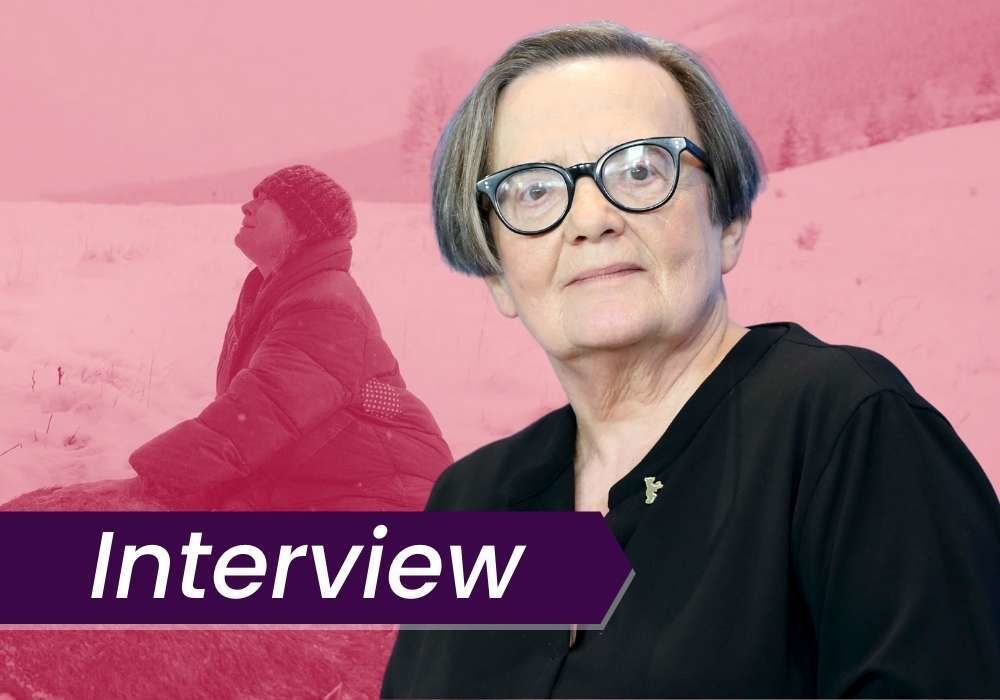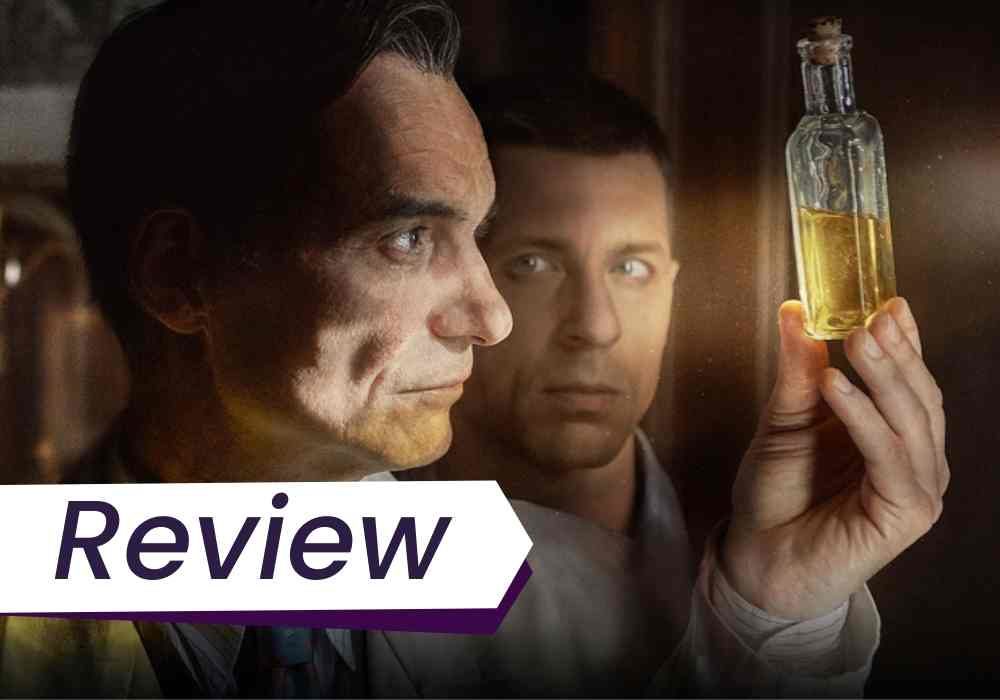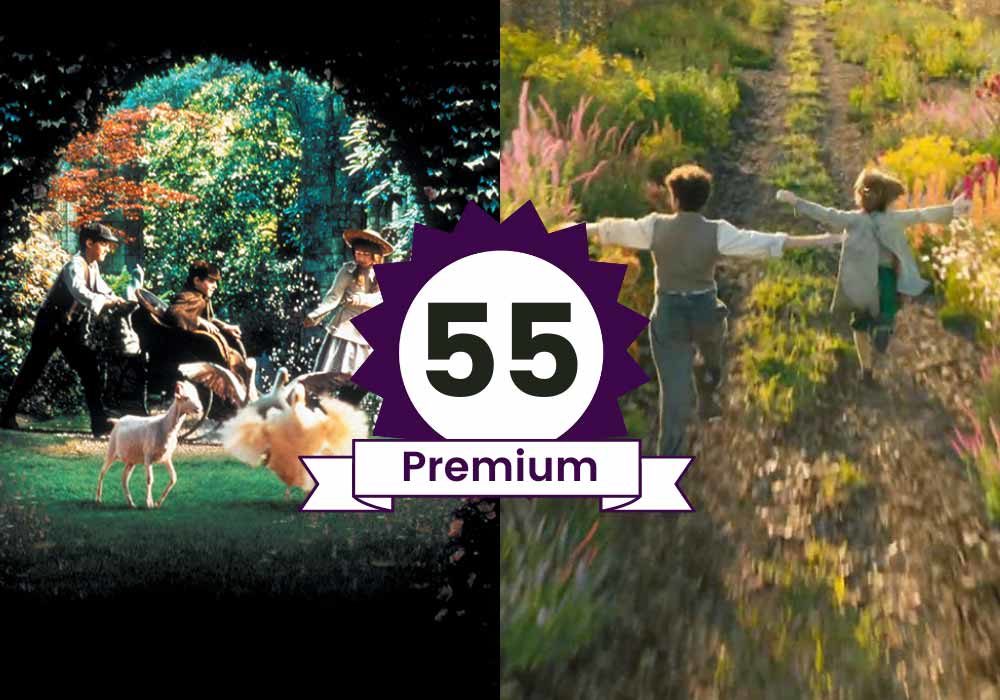This episode presents our June masterclass with Agnieszka Holland. She discusses her body of work, what drives her, and her newest film, Charlatan.
Agnieszka Holland
Ep. 93: The films of Agnieszka Holland
On this podcast episode, we celebrate the work of great Polish filmmaker Agnieszka Holland (Europa Europa, Washington Square, Charlatan).
Agnieszka Holland on the secrets of her filmmaking process
For the North American release of her 2017 film, Spoor, Agnieszka Holland goes deep on her filmmaking process, working with actors, and how she develops a film’s aesthetic.
Charlatan draws parallels between a faith healer and communism
Agnieszka Holland’s Charlatan tells the story of Czech herbalist and healer Jan Mikolášek to draw parallels with post-war communism.
Ep. 55: Comparing adaptations of The Secret Garden
The newest adaptation of Frances Hodgson Burnett’s novel The Secret Garden recently hit VOD. In this episode, we explore how Marc Munden’s new film takes a substantially different approach than Agnieszka Holland’s beautiful 1993 version.
